As the expression goes: Check it before you wreck it.
It’s important to be sure your bike is in working order before each and every time you ride. Too many of us go days or weeks regularly riding our bike and never giving an ounce of thought to its condition or necessary maintenance. Here are a few things to look at before you throw your leg over the saddle. It won’t take long, and could save you a world of trouble later.
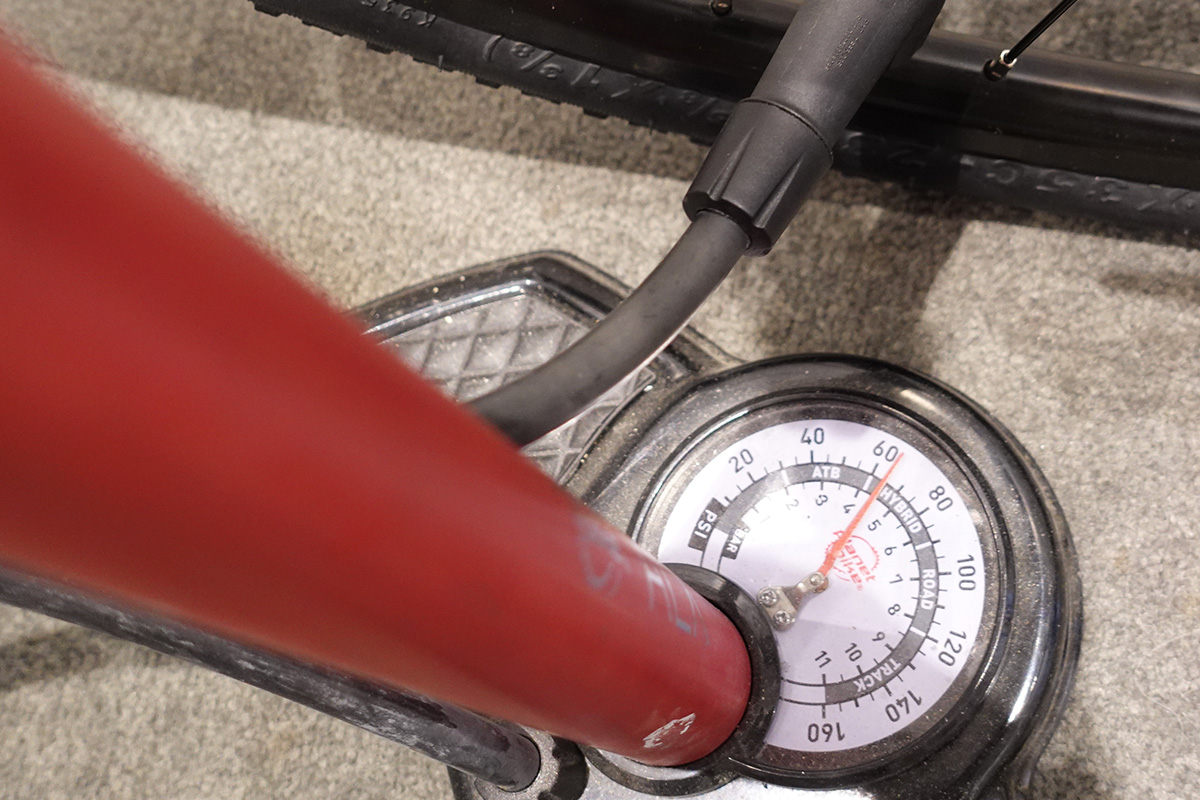
1. Tires
Riding on under-inflated tires can lead to pinch flats, and even damage to your rim. Most tires have the suggested air pressure printed on the sidewall, and a good floor pump will have a pressure gauge built in. If you don’t have time to use a gauge each time you ride, at least give your tires a squeeze. With some experience, you’ll be able to tell when they need air. The narrower the tire, the higher the required pressure.
You should also inspect the tire for cracks or cuts in the sidewall. Replace them if you notice any.
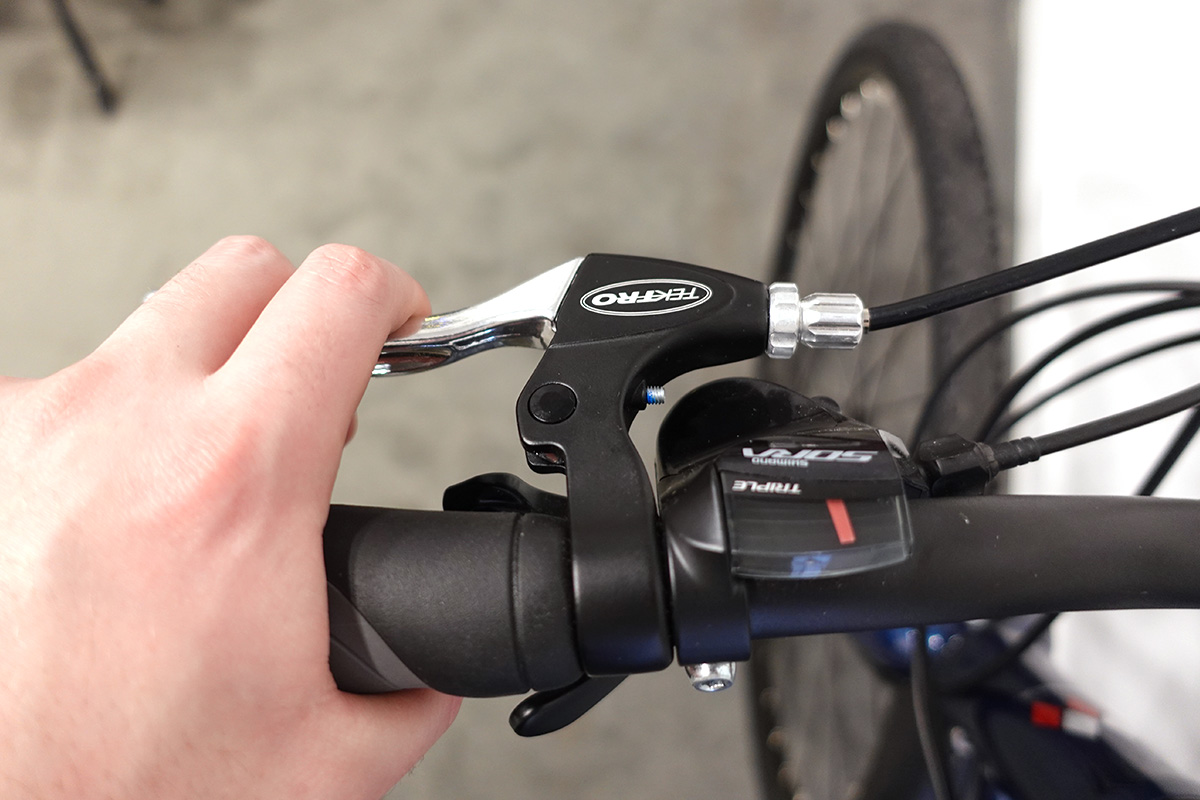
2. Brakes
As you can imagine, it’s pretty important to have functioning brakes. Squeeze each brake lever and make sure they engage the brake before the lever makes it all back to the handlebar. Attempt to roll the bike forward with the brake engaged to ensure they’re functioning.
Inspect the cables to make sure they aren’t frayed, and take a look at the brake pads. Ensure they aren’t too worn, and that they contact the rim evenly. If the pads rub the tire at all, they need to be adjusted. Rubbing will damage the tire and eventually cause a flat.
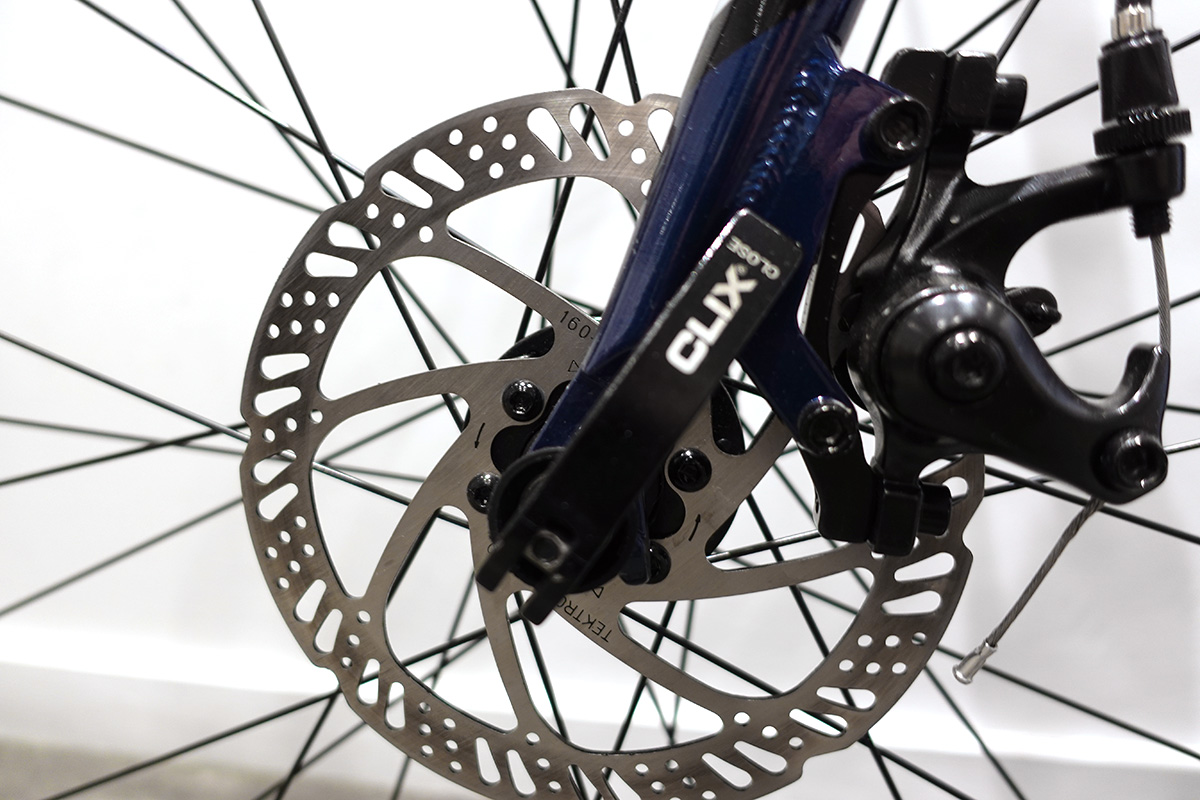
3. Quick Releases
Many bikes use quick releases on wheels and seat post clamps to make for easy changes and adjustments. You should ensure all your bike’s quick releases are closed and sufficiently tightened before riding. If you’re on a Montague folding bike, you have one extra to check. Make sure the frame quick release in the center of the top tube is also closed. A quick release lever should be tight enough to leave an imprint on your hand when closing it.
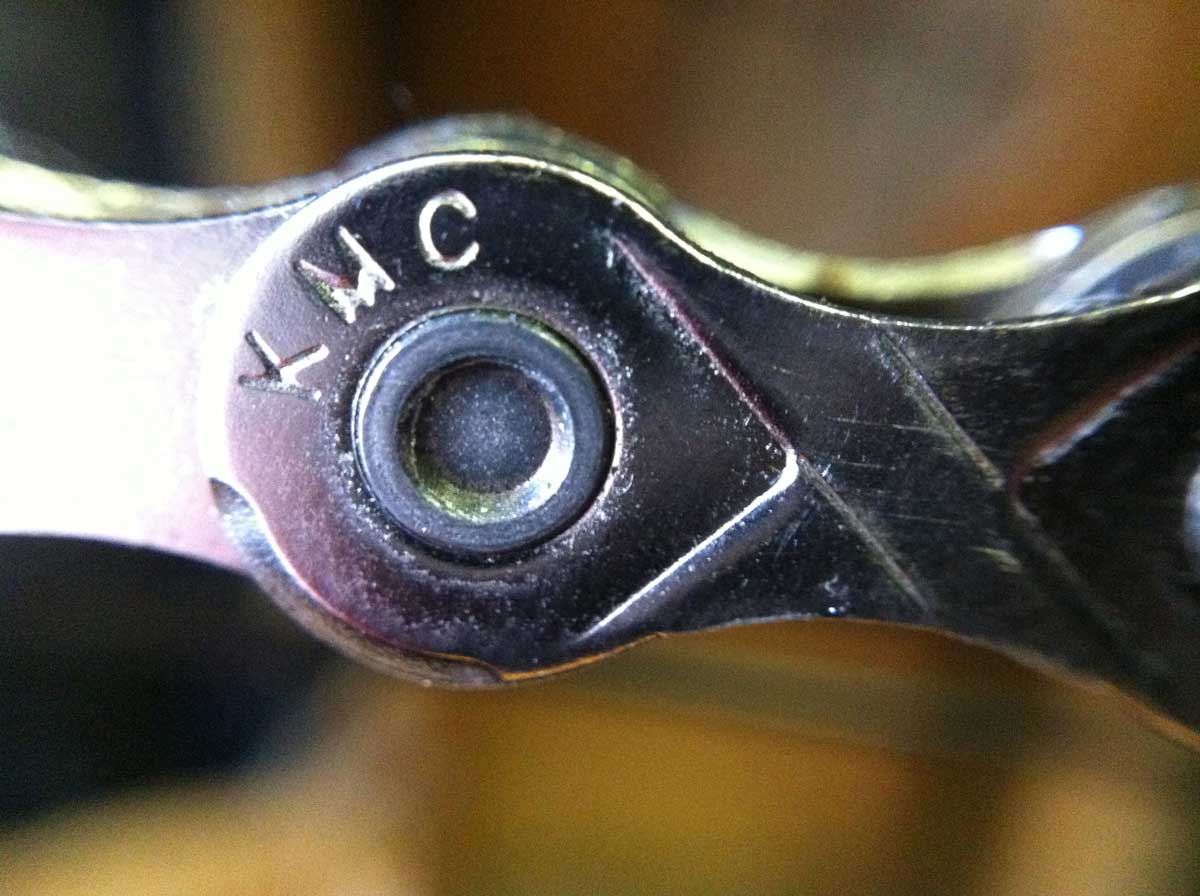
4.Chain Lube
For your drivetrain to continue functioning, and function efficiently, it needs lubrication. This is especially important if you’re riding in winter, on salty roads, or in particularly wet conditions. That can quickly lead to a rusty chain if it’s not properly lubricated.
You don’t want to over lubricate though, as this can lead to a sticky build up of dirt and dust and end up decreasing efficiency. Check your chain before each ride though. If it appears dry, squeaks, or shows any sign of rust, apply a small amount of lube to the inside of the chain. You can do this while rotating the pedals backwards to move the chain and quickly cover the entire length. Then whipe away any excess with a rag.
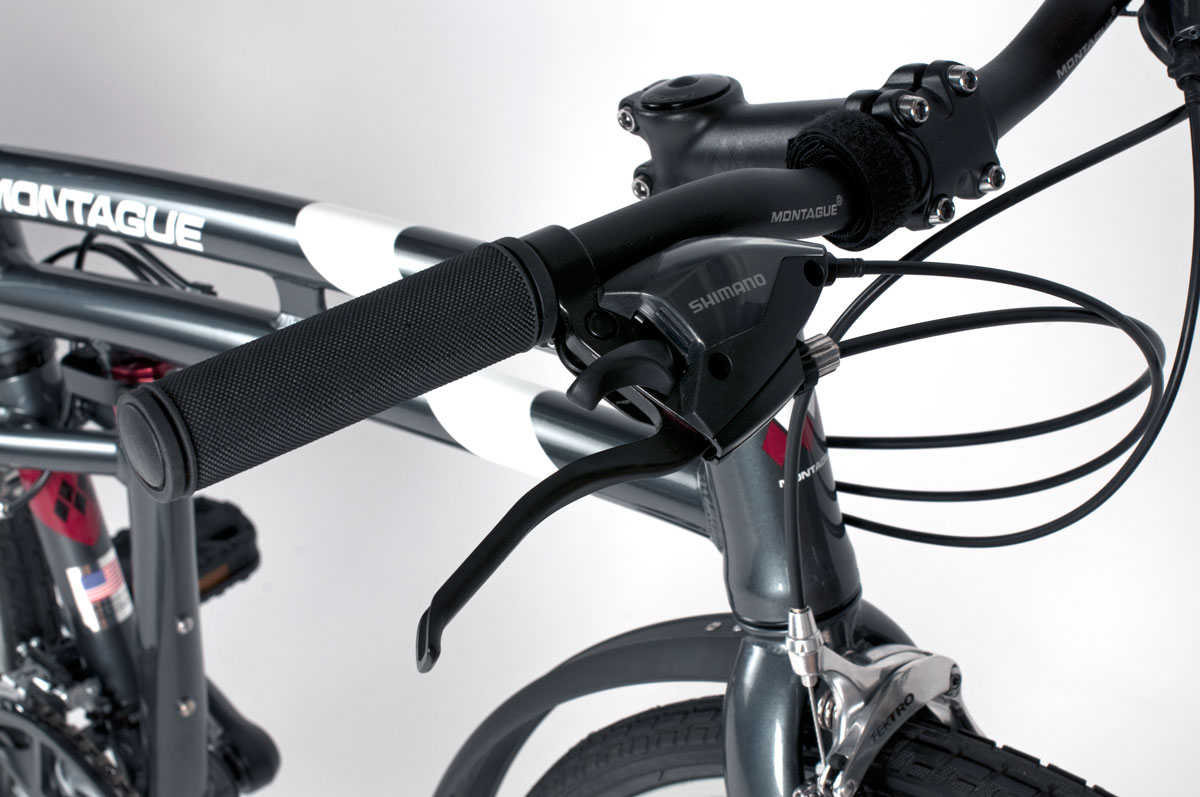
5. Check for Loose Parts
Hold the front wheel between your legs and attempt to turn the handlebars. Do the bars turn independently of the wheel? If so, the stem needs to be tightened to the steerer tube. (If you don’t know what I mean by that, take your bike to a professional mechanic for this.)
Check the handlebars, stem, and saddle to be sure nothing is loose. As you push off and put your weight on the bike, you should notice right away if there’s any strange movement in the crankset/pedals. Listen for clunking noises or worrisome sounds. If you can’t diagnose it, don’t ride it. Bring it to a local bike shop.
If you go through this check list each time you ride, you’ll have a much better experience with your bike in the long run.

